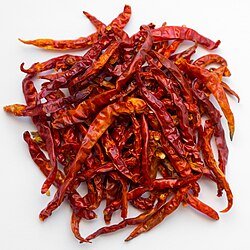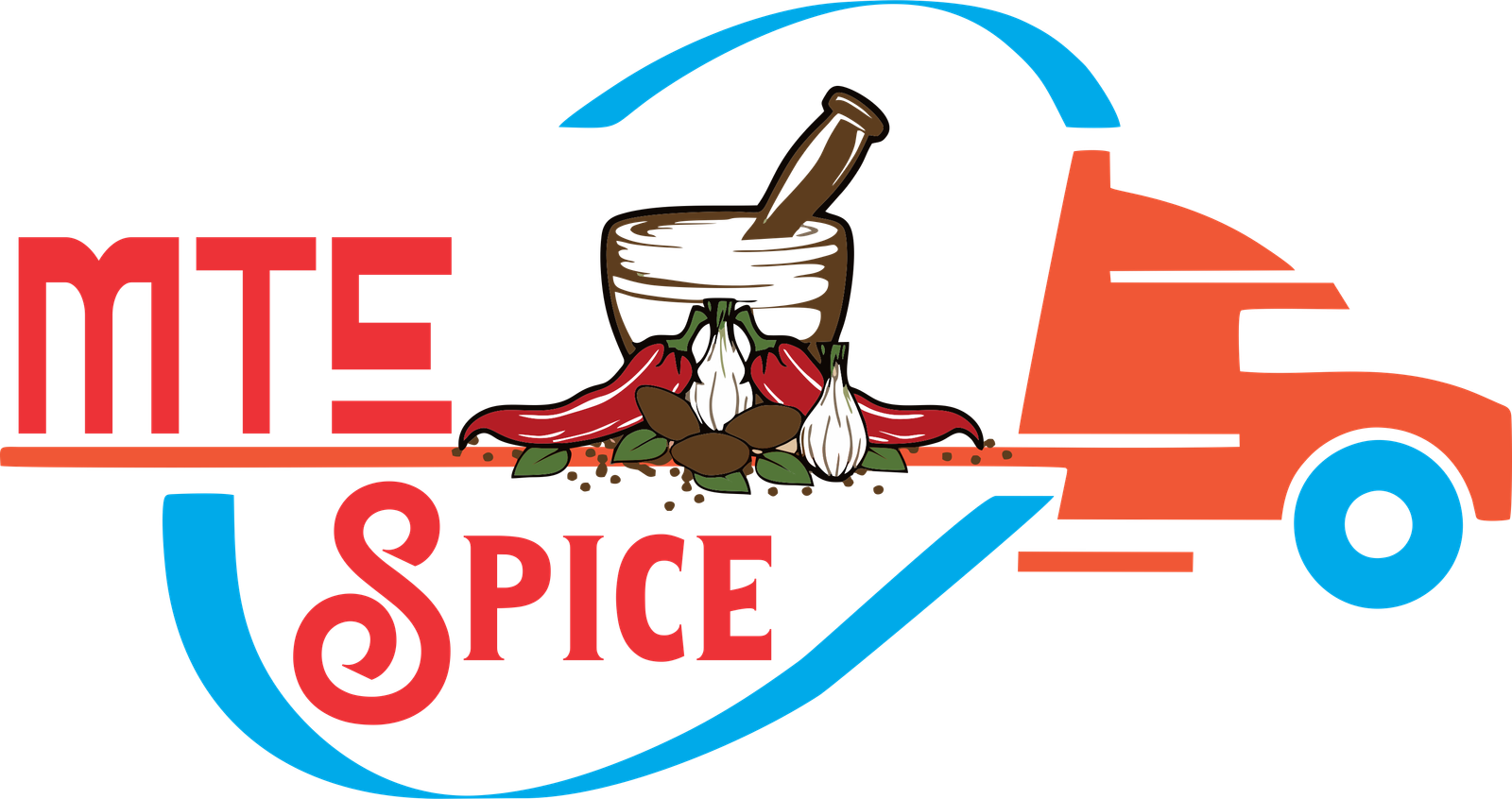History and Origin of Dry Chilli: From Ancient Times to Modern Cuisine
History and Origin of Dry Chilli: From Ancient Times to Modern Cuisine: Spicy, flavorful, and loved worldwide—dry chillies have been adding heat to our food for centuries! From ancient times to modern kitchens, these fiery red spices have traveled across the world through various Dry Chilli Exporters in India and other countries, changing the way people cook and eat. Originally grown in Central and South America, chillies were once considered a rare and valuable treasure. Over time, they spread to different parts of the world, becoming an important ingredient in many cuisines.

Hot, smelling and beloved by many people all over the planet—dry chillies have been adding warmth to meals for ages! Among hot red spices used in the modern and ancient kitchens, these spices traveled through all corners of the world, changing the way people prepared and consumed foods. The chilies have been known to have originated from central and South America, and in the earlier times, these spices were rare and rather valuable.
They then migrated to other parts of the world and became an essential component for many recipes. In this blog, we are going to look into the History and Origin of Dry Chilli: From Ancient Times to Modern Cuisine and how it turned into a kitchen staple globally.
The Ancient History of Dry Chilli
Where Did Chillies Come From?
Chillies were originally cultivated in Central and South America approximately 6,000 years ago. These were discovered by archaeologists in the ancient Mexican caves, which evidenced that they were consumed by such civilizations as the Aztecs and Mayans.
These dry chillies were not only utilized by these ancient societies for food but also as medicine and for religious purposes. Here we have tabulated the data of History and Origin of Dry Chilli: From Ancient Times to Modern Cuisine:
| Period | Chilli Use in Ancient Times |
| 4,000 BCE | Chillies were used in food by early civilizations in Mexico and Peru. |
| 2,000 BCE | Chillies spread across Central and South America. |
| 1,500 CE | Portuguese traders introduced chillies to India and Asia. |
| 17th Century | Chillies became a key spice in Indian and Asian cuisines. |
Chillies in Ancient Civilizations
Aztecs and Mayans employed chillies in their cooking, medications, and even as a weapon of war (chilli smoke as a weapon!).
- Food was preserved and flavored using chillies well before the invention of refrigeration.
- Ancient civilizations used to think that chillies possessed medicinal properties and consumed them for the treatment of cold, pain, and indigestion.
How Chillies Spread Around the Globe?
Portuguese traders brought chillies to India, Africa, and Asia during the 15th century. The spice gained popularity within no time as it was simple to cultivate and provided strong flavors to food.
| Region | How Chillies Arrived |
| India | Portuguese traders brought chillies in the 1500s. |
| China | Chillies arrived via trade routes from India. |
| Africa | The Portuguese introduced chillies during their explorations. |
| Europe | Spanish and Portuguese traders brought chillies from the Americas. |
India: The Land of Spices and Chillies
Once they reached India, chillies became an integral part of Indian agriculture and cuisine. The climate of India was ideal for the cultivation of chillies, and soon, various types of chillies emerged in various parts of the country.
India is the world’s largest producer and exporter of dry chillies today. Indian chillies are famous for their variety, color, and pungency, which make them highly sought after in the global market.
Types of Chillies Exported from India
India, being the largest Spice Exporter in India, produces a range of chillies, each having different flavors and hotness characteristics. Some of the most commonly produced ones are:
| Chilli Variety | Region Grown | Spice Level (Scoville Heat Units – SHU) |
| Guntur Chilli | Andhra Pradesh | 30,000 – 40,000 SHU |
| Byadgi Chilli | Karnataka | 8,000 – 15,000 SHU |
| Kashmiri Chilli | Kashmir | 1,000 – 2,000 SHU |
| Jwala Chilli | Gujarat | 20,000 – 30,000 SHU |
| Mundu Chilli | Tamil Nadu | 10,000 – 20,000 SHU |
Impact of Chillies on Modern Cuisine
Today, dry chillies are popular in many cuisines across the world. Here are some of the common ways how the dry chillies add flavour to food:
- Indian curries: to give good flavour and bright colour.
- Mexican salsas: providing heat and smoky flavours.
- Chinese Sichuan food: renowned for its numbing and spicy flavour.
- Thai stir-fries and soups: providing a bold, hot finish.
- Italian pasta and pizzas: frequently sprinkled with chilli flakes for additional flavour.
Health Benefits of Dry Chillies
Chilies are not only about spiciness, and there are so many benefits in the consumption of dry chillies.
- Nutrient-Rich: Dried chillies are rich in vitamin C and A, which makes the immune system and body defense mechanisms strong. They play a role in improving skin health and eyesight as well.
- Digestion: Chillies aid the stomach in secreting more juices to aid digestion with ease. It decreases bloating, avoids constipation, and maintains the digestive system healthy.
- Boosts Metabolism: Capsaicin present in chillies raises the body’s temperature and causes it to burn more calories. This is beneficial for weight loss and overall body health.
- Pain Relief: Capsaicin present in chillies is useful in creams that alleviate muscle, joint, and nerve pains. It relieves individuals suffering from arthritis, body pains, and migraines.
- Fights Infections: Chillies possess natural antibacterial qualities that guard against infections. They ward off colds, coughs, and maintain the body in good health.
Conclusion
Chillies have traveled a long way from their early days to being a world kitchen staple. From the Aztec and Mayan cultures to Indian and Asian cooking, their path has been hot and flavorful. Today, dry chillies are an essential component of cuisines, human health, and business. Understanding the History and Origin of Dry Chilli: From Ancient Times to Modern Cuisine allows us to satisfy our craving and be grateful for this spice that flavors our meals.
